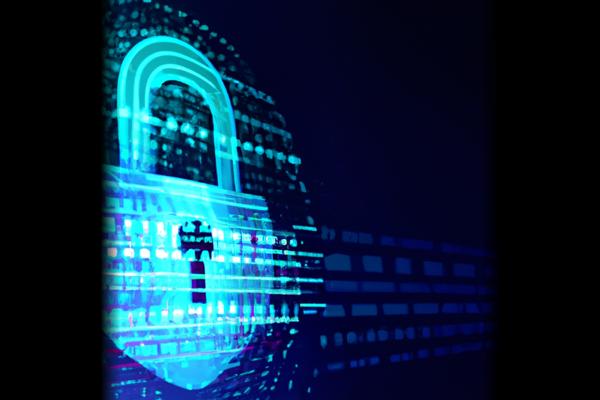LinkedIn [1] [2] [3] [4] [5] [6], the business-oriented social network owned by Microsoft [4], is currently experiencing a significant wave of account hacks. This has resulted in users being locked out or having their accounts hijacked. However, the lack of support from LinkedIn in resolving these issues has left many users frustrated and seeking help elsewhere.
Description
Users have reported a surge in support requests related to LinkedIn account hacks or recovery. Security experts have uncovered an ongoing and widespread campaign targeting LinkedIn accounts [4]. Cyberint security researchers have detected a successful hacking campaign that has been persisting for weeks [4]. Attackers are using leaked credentials or brute-forcing to gain control of accounts [5]. Even those with strong passwords or two-factor authentication are temporarily locked out for verification [5]. Hackers are changing the associated email address and password [5], making it difficult for the original owners to regain access [5]. Some users have reported that the hackers turned on two-factor authentication after hijacking the account [5]. Hackers may demand a ransom or delete the accounts without any demands [5]. LinkedIn accounts are valuable for social engineering [5], phishing [5], and job offer scams [5]. To protect themselves, users are advised to review security measures, enable two-factor authentication [1] [3] [5] [6], and use unique and long passwords [5] [6].
LinkedIn’s customer support has been unresponsive to the issue [3], leading to frustration among users who have turned to social media platforms for help. Reports indicate a high volume of support requests and longer response times [2]. Users are now seeking ways to recover their compromised or blocked accounts [4]. As a protection measure [3], LinkedIn is temporarily locking accounts with strong passwords and/or two-factor authentication [3]. The potential impact of these attacks is serious [1], as they can enable blackmail, social engineering [1] [2] [5], data gathering [1], and the dissemination of malicious content [1]. Users should also be cautious of messages received on social media platforms [2], as they may be part of successful malware campaigns [2]. Unfortunately, LinkedIn has not responded to requests for comment on the situation [5].
Conclusion
The recent surge in LinkedIn account hacks has had a significant impact on users, with many experiencing frustration and difficulty in regaining control of their accounts. The lack of support from LinkedIn has only exacerbated the issue. Moving forward, it is crucial for users to review and strengthen their security measures, such as enabling two-factor authentication and using unique and strong passwords [5]. Additionally, caution should be exercised when interacting with messages on social media platforms. The potential consequences of these attacks [1], including blackmail and the spread of malicious content, highlight the need for increased vigilance and proactive measures to protect personal information and online security.
References
[1] https://www.infosecurity-magazine.com/news/major-linkedin-account-takeover/
[2] https://www.techradar.com/pro/security/linkedin-user-accounts-have-been-taken-over-in-huge-hacking-campaign
[3] https://www.techworm.net/2023/08/linkedin-accounts-hacked-hijacking.html
[4] https://www.techspot.com/news/99808-linkedin-accounts-targeted-worldwide-hijacking-campaign.html
[5] https://nsaneforums.com/news/security-privacy-news/linkedin-accounts-hacked-in-widespread-hijacking-campaign-r17875/
[6] https://gigazine.net/gsc_news/en/20230816-linkedin-accounts-under-attack





